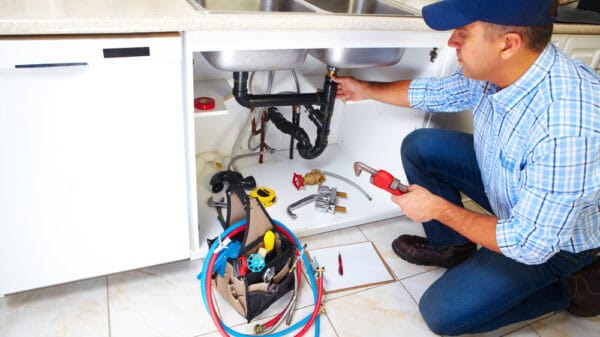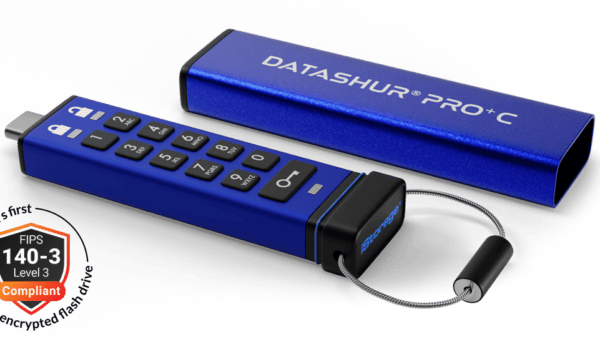Introduction
Feeding your pet frozen raw food is an excellent way to ensure they receive a diet rich in natural nutrients. However, to maintain the quality and safety of this food, proper storage and handling are essential. This guide will cover everything you need to know about storing and handling frozen raw pet food from natural pet food stores like Healthy Paws Raw Food.
Why Proper Storage and Handling Matter
Frozen raw pet food offers numerous health benefits, but these can only be realized if the food is stored and handled correctly. Improper storage can lead to contamination, loss of nutritional value, and spoilage. Ensuring that frozen raw pet food is handled properly prevents bacterial growth, maintains its nutritional integrity, and keeps your pet healthy and happy.
Storing Frozen Raw Pet Food
The first step in proper storage is having the right equipment. A dedicated freezer for your pet’s raw food is ideal as it prevents cross-contamination with your own food. Ensure the freezer is set to 0°F (-18°C) or lower to effectively preserve the food and inhibit bacterial growth. Choose a freezer size that can accommodate the amount of raw food you purchase from your local pet food store near you. A chest freezer is often a good option for bulk storage.
Proper packaging is essential to prevent freezer burn and contamination. If the food comes in vacuum-sealed bags or airtight containers, leave it in its original packaging until you’re ready to use it. If you need to repackage, use freezer-safe bags or containers and remove as much air as possible to minimize freezer burn.
Organize your freezer to ensure that older food is used first. Clearly label packages with the date of purchase or preparation. This helps you track freshness and use the oldest food first. Arrange your freezer so that the oldest packages are at the front and the newest are at the back.
Handling Frozen Raw Pet Food
Thawing frozen raw food correctly is crucial to maintaining its safety and quality. The safest method is to thaw frozen food in the refrigerator. Place the food in a container to catch any drips and prevent cross-contamination. This method can take several hours to overnight, depending on the size of the package. If you need to thaw the food more quickly, you can use the cold water method. Place the food in a sealed bag and submerge it in cold water, changing the water every 30 minutes until thawed. Never use hot water as it can cause bacteria to multiply rapidly.
When handling raw pet food, always follow hygiene practices to avoid contamination. Use separate cutting boards, bowls, and utensils for raw pet food. Clean them thoroughly with hot, soapy water after each use. Only thaw and prepare the amount of food your pet will eat in one meal to avoid waste and minimize the risk of bacterial growth. Serve the food immediately after thawing and do not leave raw food out at room temperature for more than 30 minutes.
If your pet doesn’t finish their meal, proper storage of leftovers is essential. Store any leftover food in the refrigerator and use it within 24 hours. If you anticipate your pet won’t finish the meal within a day, it’s better to portion and refreeze the food right after thawing, although this may affect the texture slightly.
Cleaning and Sanitation
Maintaining cleanliness in your kitchen when handling raw food is critical. Always wash your hands thoroughly with soap and water before and after handling raw pet food. Clean and disinfect all surfaces and tools that come into contact with raw food. Use a mixture of hot water and bleach or a commercial disinfectant. Regularly clean your pet’s food and water bowls with hot, soapy water to prevent bacteria buildup.
Benefits of Proper Storage and Handling
By following these best practices, you ensure that your pet’s food remains safe and nutritious. Proper storage and handling preserve the vitamins, minerals, and enzymes in the raw food, providing your pet with the best possible nutrition. Minimizing bacterial contamination reduces the risk of foodborne illnesses for both your pet and your household. Organizing your freezer and planning portions help streamline meal prep, making raw feeding more manageable.
Finding Quality Frozen Raw Pet Food
If you’re looking for quality frozen raw pet food, consider exploring natural dog food options available in Canada. Many natural pet food stores offer a variety of raw food products that are both nutritious and convenient. Healthy Paws Raw Food is known for its high-quality ingredients and balanced nutrition. Use local directories or online searches to find a pet food store near me that stocks frozen raw pet food. This ensures you always have access to fresh, high-quality options.
Conclusion
Proper storage and handling of frozen raw pet food are essential for maintaining its safety, nutritional value, and quality. By following these guidelines, you can ensure that your pet enjoys the full benefits of their raw diet, leading to a healthier and happier life. Remember, a little extra care in how you store and handle their food goes a long way in keeping your pet safe and well-nourished.


















































































































































































